Table of Contents |
Countless individuals like scientists and health care workers have contributed to improving global health over the past three centuries. Over this time, global health has been recognized as a field of education, research, and practice. The key figures featured in this lesson aim to eradicate diseases, improve health practices, and promote health equity.
 Florence Nightingale is often considered the founder of modern nursing in the mid-19th century. Nightingale’s work during the Crimean War revolutionized sanitation practices and infection control, significantly reducing mortality rates among soldiers. Her emphasis on data collection and analysis also laid the groundwork for evidence-based medicine and public health.
Florence Nightingale is often considered the founder of modern nursing in the mid-19th century. Nightingale’s work during the Crimean War revolutionized sanitation practices and infection control, significantly reducing mortality rates among soldiers. Her emphasis on data collection and analysis also laid the groundwork for evidence-based medicine and public health.
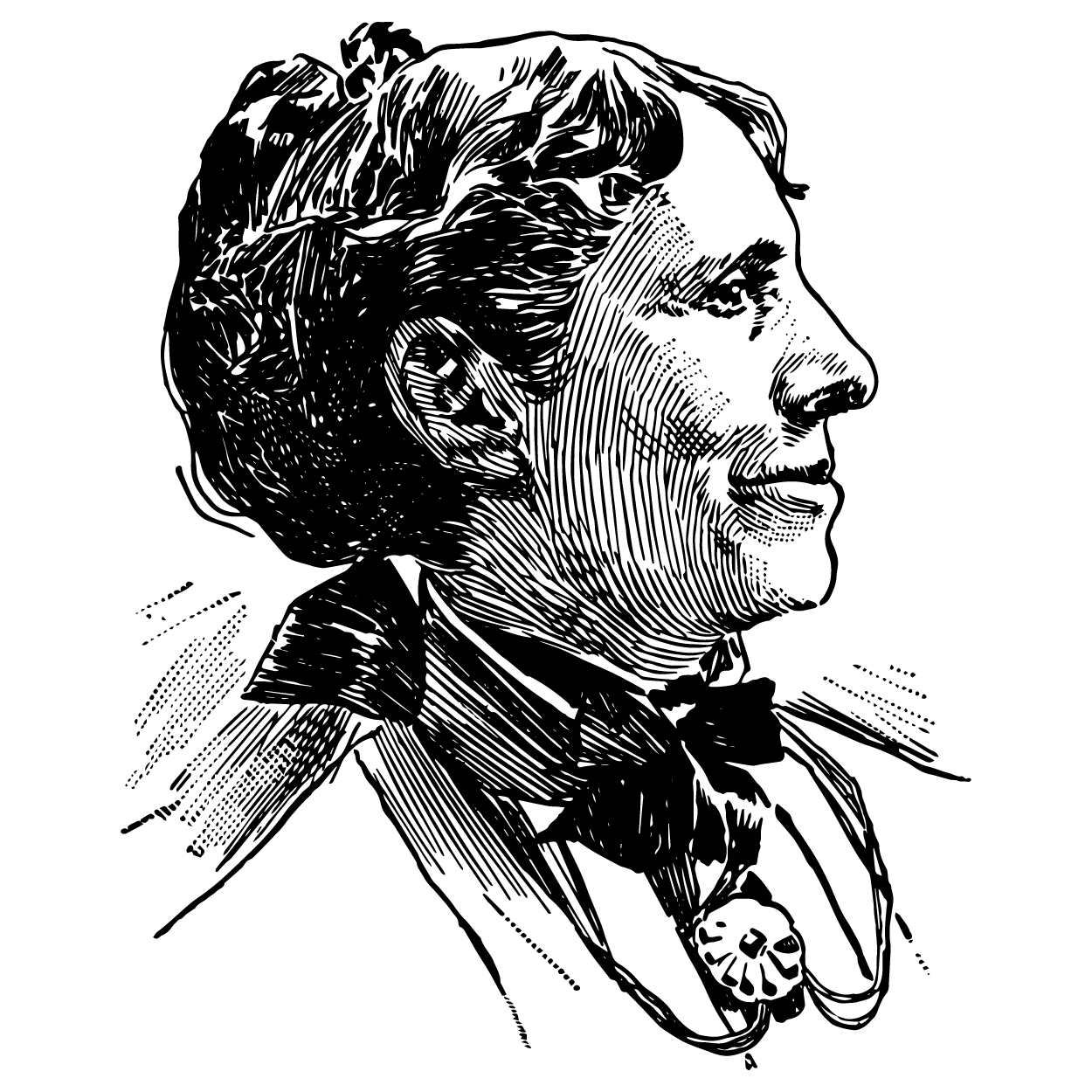 In the late 19th century, Clara Barton founded the American Red Cross in 1881, providing humanitarian aid and medical care in times of crisis. Her work extended to international conflicts and disasters, setting a precedent for global humanitarian response.
In the late 19th century, Clara Barton founded the American Red Cross in 1881, providing humanitarian aid and medical care in times of crisis. Her work extended to international conflicts and disasters, setting a precedent for global humanitarian response.

Like in many areas of public health, there are people whose work contributed significantly to advancing the science and practice of global public health. These individuals shaped disease prevention and control and other public health initiatives, leaving a lasting impact on the well-being of populations worldwide.
As discussed in previous sections, many people and organizations worked tirelessly to discover new methods of preventing and controlling infectious diseases to improve health outcomes worldwide. Their work around controlling the spread of infectious disease, particularly, saved countless lives as the world became more globalized and the potential for transmission of infectious disease spread across borders, threatening global population health. Highlighted below are key figures in this and other global health initiatives.
Born in 1947 in Hong Kong, Margaret Chan made significant contributions to global health during her tenure as the director-general of the WHO. During the H5N1 bird flu outbreak in Hong Kong in 1997, Chan’s decisive leadership included ordering the destruction of the city’s entire poultry stock (approximately 1.5 million birds) within 3 days. This action helped control the outbreak and potentially averted a pandemic. She also managed the SARS outbreak in 2003. She championed improvements in maternal care, HIV and AIDS care, and malaria prevention and control. She also focused her attention on border health issues affecting vulnerable populations worldwide.
Dr. Jim Yong Kim, a physician and global health expert, made significant contributions to improving health equity and combating infectious diseases. He cofounded PIH, an organization that provided medical care in poor regions worldwide, including Haiti. From 2003 to 2005, Kim served as the director of the WHO’s HIV/AIDS department. He led the groundbreaking “3 by 5 Initiative,” which aimed to expand access to antiretroviral medication for AIDS treatment in developing countries. As a former president of the World Bank, he is also known for his response to global health crises like Ebola and COVID-19 and his focus on improving the lives of vulnerable populations.
This is just a small sample of the many people who have made significant contributions to the field of global health. Their work has advanced scientific knowledge, improved health outcomes, and championed health equity for all. It’s important to recognize and celebrate their achievements as we continue to build a more inclusive and equitable global health landscape.
Previously in this course, we discussed some major global health challenges, including communicable diseases such as HIV/ AIDS, noncommunicable diseases such as cardiovascular diseases, maternal and child health, injuries and violence, and environmental health. Many of these issues exist in the United States and in other high-income countries across the world. Some major global health challenges that we do not hear much about in the United States and other high-income global countries include femicide, street-connected children, war/armed conflict, and mosquito-borne disease and death.

Femicide refers to the intentional killing of women and girls because of their gender. Femicide is a widespread phenomenon occurring in every region of the world. It’s estimated that, globally, 81,000 women and girls were killed in 2021, with 45,000 of those deaths occurring at the hands of intimate partners or family members. Femicide is rooted in deeply ingrained gender inequalities and discrimination. It can manifest in various ways, including intimate partner violence, honor killings, dowry-related deaths, killings of female sex workers, and targeted killings during conflicts. Femicide not only results in direct mortality but also has significant physical and mental health consequences for survivors, families, and communities. It can lead to increased rates of depression, anxiety, post-traumatic stress disorder (PTSD), and other health problems.
One way to address femicide as a global health priority is the collection of accurate and comprehensive data on femicide to understand its scope and identify effective prevention strategies. To prevent and intervene in femicide, multi-sectoral approaches are needed, including strengthening and enforcing laws and policies that criminalize femicide and protect women from violence, challenging harmful social norms, promoting gender equality, and empowering women through education and economic opportunities. Tackling poverty, improving access to education and health care, and fostering healthy relationships are essential strategies for addressing femicide. Further, survivors of violence need access to comprehensive care, including physical and mental health services, legal aid, and safe shelter. International cooperation and shared learning are critical for addressing this global crisis.
Another global health challenge mentioned throughout this course is war and armed conflicts. War and armed conflicts, such as those seen in the Middle East and African countries, have devastating impacts on health, leading to millions of deaths and injuries each year. Beyond direct casualties, they disrupt health systems, impede access to health care, and exacerbate existing health problems.
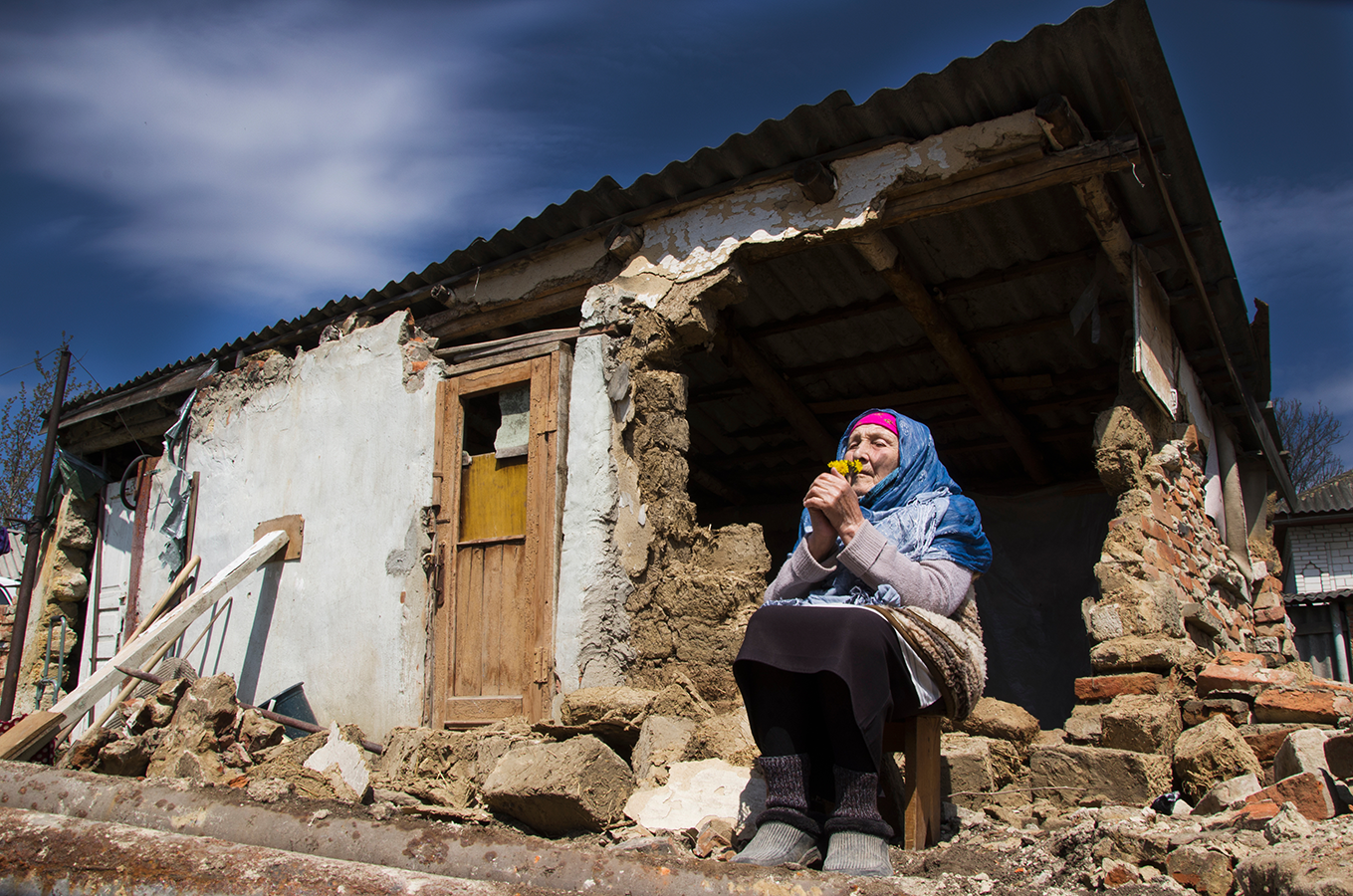
The direct impacts of war and armed conflicts include deaths and injuries from combat, explosions, land mines, and other forms of violence. The manifestation of mental health issues related to PTSD, depression, anxiety, and other psychological conditions creates lifelong poorer health outcomes. Displacement and overcrowding in conflict settings increase the risk of cholera, measles, and other diseases. Conflict also disrupts food production and distribution, leading to widespread hunger and malnutrition. Hospitals, clinics, and supply chains are often targeted or damaged during conflicts, and millions of innocent people are forced to flee their homes, creating refugee crises and increasing vulnerability to health risks. Economic disruption and displacement can lead to poverty and food insecurity, which further compromise health. The effects of war and conflict can persist for years, impacting the physical and mental health of survivors and future generations.
Ways to address war and conflict include prevention efforts that promote peace and conflict resolution through diplomacy, dialogue, and international cooperation. International humanitarian law must be upheld to protect civilians, health care workers, and medical facilities during conflicts. Providing emergency medical care, food, water, sanitation, and shelter to affected populations is critical. Addressing the psychological trauma caused by war and conflict is essential for recovery and resilience, and supporting the reconstruction of health infrastructure and the training of health care workers is necessary for long-term recovery. By recognizing the devastating health consequences of war and conflict and working toward peaceful solutions, we can contribute to a healthier and safer world (Kaseya et al., 2024).
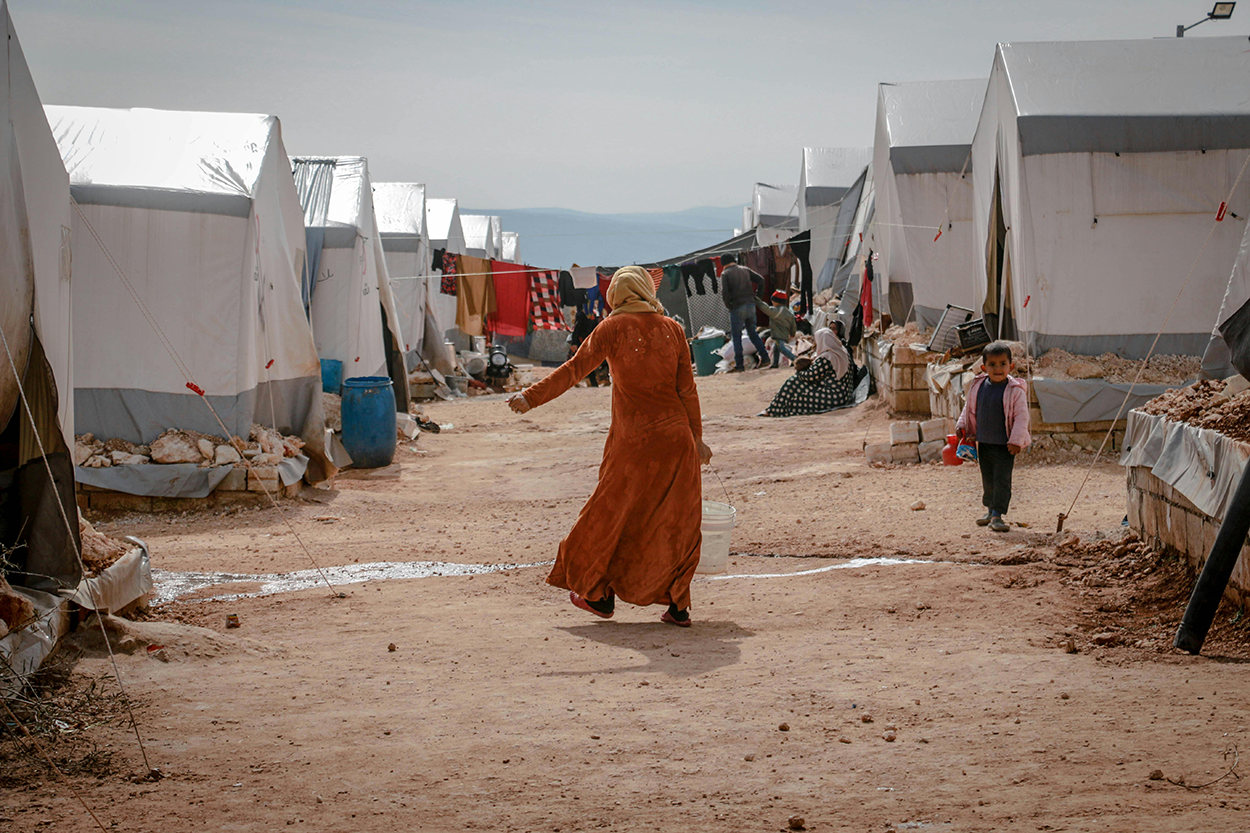
Refugee camps present serious and complicated global health challenges; there are an estimated 35 million refugees worldwide, many of whom live in camps or camp-like settings. These camps vary in size, infrastructure, and resources, but they share common health risks. Refugee camps, while intended as temporary solutions, often become long-term settlements with complex health challenges. Transmission of infectious diseases, malnutrition related to food insecurity, addressing worsening preexisting health conditions like diabetes, meeting the needs of pregnant women and their children, and water and sanitation concerns all present crisis-level global health issues (UN Refugee Agency, n.d.).
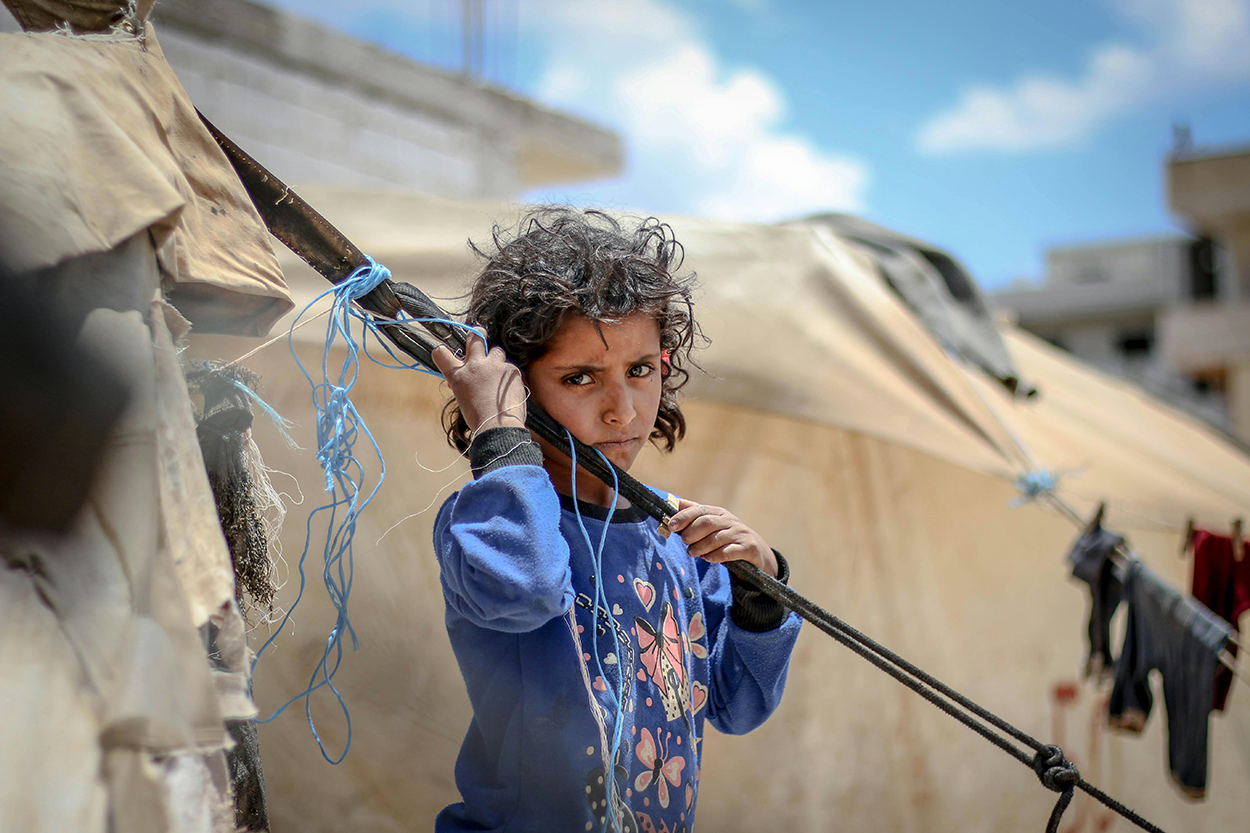
Street-connected children are another global health challenge. These are children who work on the streets or have limited or no family contact while spending most of their time on the streets. The exact number of street children is difficult to estimate, but it’s believed there are millions worldwide, primarily in low- and middle-income countries. The causes of street-connectedness in children are multifaceted and often interconnected. Key factors such as poverty, economic hardship, and family dysfunction (including domestic violence, abuse, neglect, or the death of a parent) can force children to leave home and seek refuge on the streets. Understanding the root causes is crucial for developing effective interventions to prevent children from becoming street connected and to provide support for those already living on the streets. Poverty reduction, family support programs, shelter and safe spaces, education, and skills training, along with health care services, can help lessen the impact of this global health issue (Consortium for Street Children, n.d.).
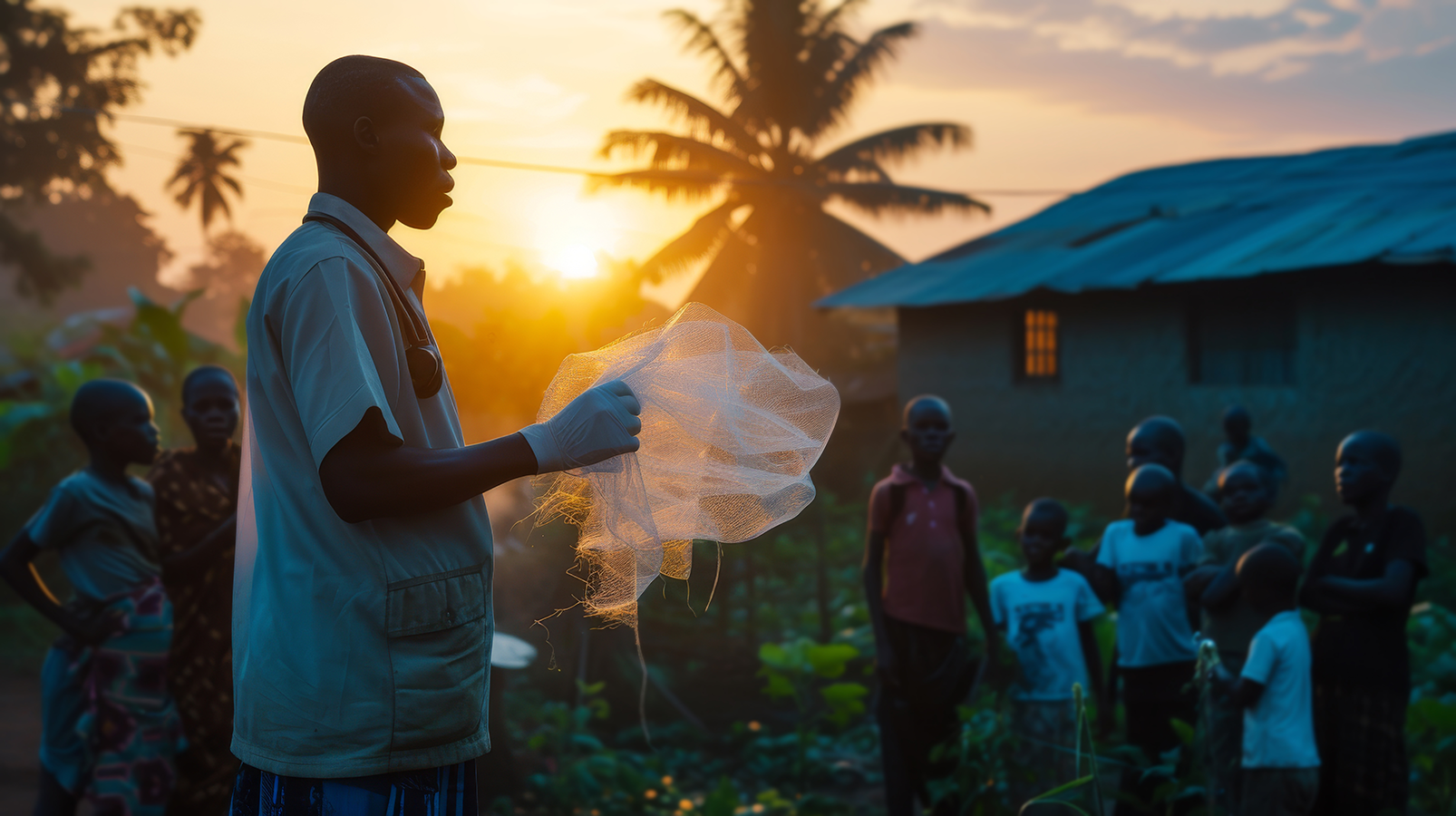
Several diseases are of global health concern due to their impact on populations worldwide. Diseases like long COVID; mental health issues related to war, armed conflicts, pandemics, and violence; climate change; and noncommunicable diseases and infectious diseases continue to pose threats. Mosquito-borne illnesses represent some of the most pervasive yet preventable causes of global morbidity and mortality and, as such, are of significant global concern. Below are some of the more destructive global mosquito-borne diseases, both in quantity and severity of impact. Addressing these challenges requires global cooperation and targeted interventions.
| Key Mosquito-Borne Diseases | ||
|---|---|---|
| Disease | Description | |
| Malaria | This is the deadliest mosquito-borne disease, transmitted by Anopheles mosquitoes, primarily affecting sub-Saharan Africa. It causes fever, chills, and flu-like symptoms and can be fatal, especially in children. There were an estimated 247 million cases of malaria in 2021 and an estimated 619,000 deaths in 2021, with most deaths occurring in children under 5 in Africa. | |
| Dengue fever | Transmitted by Aedes mosquitoes, dengue is a viral infection that causes high fever, severe headache, joint and muscle pain, and sometimes hemorrhagic fever. It is widespread in tropical and subtropical areas. An estimated 4.2 million cases were reported in 2022, but the actual number of infections is likely much higher. Roughly 3.9 billion people in over 129 countries are at risk of contracting dengue, with an estimated 96 million symptomatic cases and an estimated 40,000 deaths every year. | |
| Yellow fever | Transmitted by Aedes and Haemagogus mosquitoes, yellow fever can cause fever, muscle pain, jaundice, and bleeding. It is mainly found in Africa and South America. There are an estimated 200,000 cases and 30,000 deaths each year, primarily in Africa. | |
| Zika | Also transmitted by Aedes mosquitoes, Zika can cause fever, rash, joint pain, and conjunctivitis. While usually mild, it can cause severe birth defects if contracted during pregnancy. | |
| Chikungunya | Transmitted by Aedes mosquitoes, chikungunya causes fever and severe joint pain that can persist for months or years. | |
| West Nile Virus | Transmitted by Culex mosquitoes, the West Nile virus can cause fever, headache, body aches, and, in severe cases, neurological complications. | |
Vector control is the best approach to controlling these diseases. Eliminating stagnant water, using larvicides, and promoting environmental hygiene can reduce mosquito populations. Interventions to protect people from mosquito bites while sleeping include the use of insecticide-treated nets, and indoor spraying can also reduce the incidence and prevalence of these diseases.
As you can see from this lesson, global health concerns are too vast to discuss them all. Addressing global health concerns requires a multifaceted approach. Any attempt to address global health must include preventive measures like promoting vaccination programs, improving sanitation, and educating communities about disease prevention. Health systems need to be more robust and strengthened to ensure equitable access, and data are needed to inform policies, monitor disease outbreaks and trends, and implement evidence-based interventions. Cultural considerations and ethical frameworks also play a crucial role in implementing strategies to address global health concerns.
Source: THIS TUTORIAL WAS AUTHORED BY SOPHIA LEARNING. PLEASE SEE OUR TERMS OF USE.
REFERENCES
Consortium for Street Children. (n.d.). Global network defending street children’s rights - CSC. www.streetchildren.org/
Kaseya, J., Dereje, N., Raji, T., Ngongo, A. N., Fallah, M. P., & Ndembi, N. (2024). Public health emergencies in war and armed conflicts in Africa: What is expected from the global health community? BMJ Global Health, 9, e015371. doi.org/10.1136/bmjgh-2024-015371
United Nations Office on Drugs and Crime & UN Women. (2023). Gender-related killings of women and girls (femicide/feminicide). www.unwomen.org/sites/default/files/2023-11/gender-related-killings-of-women-and-girls-femicide-feminicide-global-estimates-2022-en.pdf
UN Refugee Agency. (n.d.). Refugee data finder. www.unhcr.org/refugee-statistics/